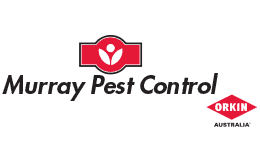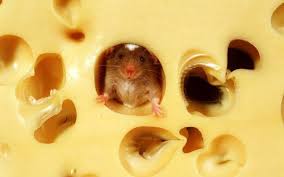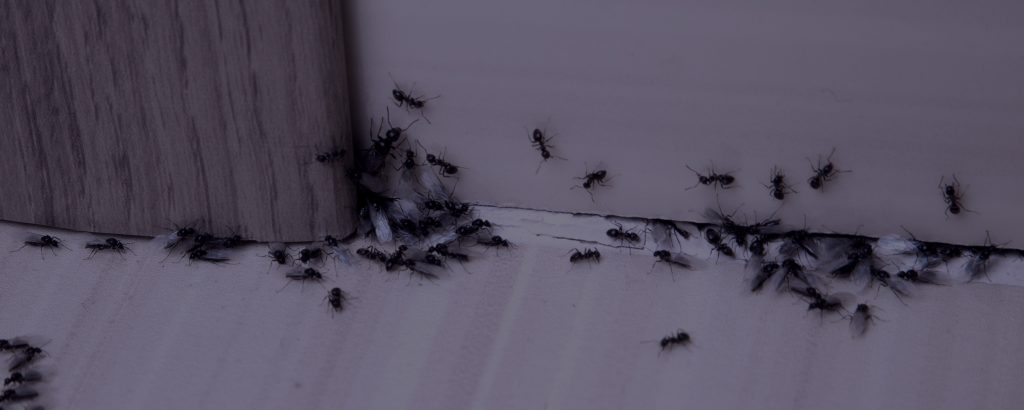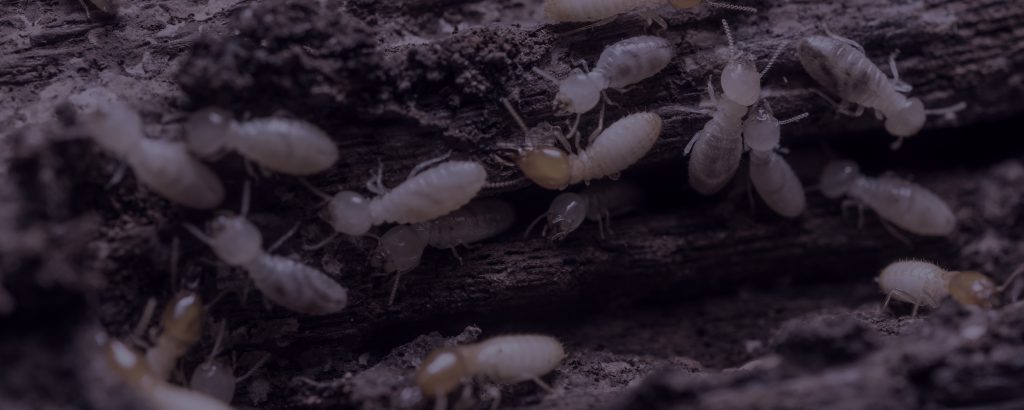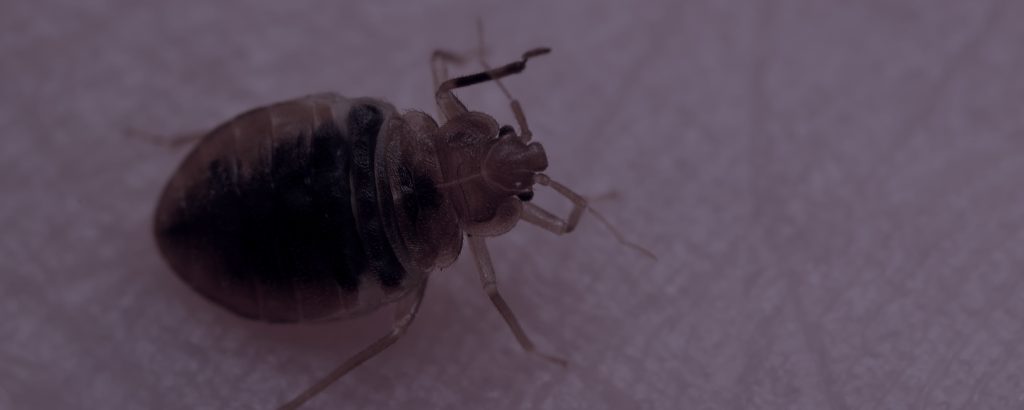As the temperature plummets, we naturally turn up the heat in our homes to escape the cold. Is it any wonder that some of our four legged friends also want to take advantage of our incessant need to stay warm and dry this winter, so they too decide to move into your roof voids and wall cavities to stay warm and dry?
It is often around this time of year that the human inhabitants living below become acutely aware that they might have an unwanted guest or guests lodging in their roof void or even in their wall cavities. Each winter we are inundated with clients telling similar stories about being snug in their beds before being rudely awaken by what sounds like some gargantuan beast running amuck in the roof or the deafening sounds of huge jaws gnawing on timbers as if something is trying to eat its way through the very fibre of their building just to get to them.
The first step is to determine what you are dealing with, in most cases this will be caused by one of the “three amigos” the mighty mouse, the secretive rat or the problematic possums (Ringtail or brushtail) and sometimes it could be all three at once. When trying to pin point which one it could be, it comes down to our three key senses, sight, smell and hearing.
Sight:
Investigating the roof void looking for signs of life, including the pest in question alive or dead, droppings, smear marks and nesting material. To the untrained eye it is sometimes hard to tell the difference between the different types of droppings but this is one of the easiest ways that we can use to determine which pest you are dealing with.
Mice droppings are about the same size as a grain of rice and are black in colour. Rat droppings are around the same size as a twenty cent piece and are also black in colour and for possums they are a blackish-brown pellet shape, normally around seven millimetres in length.
Smell:
With a heavy infestation of rodents, whether they are mice or rats, you can get a very unmistakable pungent acrid odour. Possums have a similar smell to rodents, but if you are unfortunate enough to have possums they can cause considerable damage to ceilings in the form of large unsightly, smelly urine stains. These stains are very difficult to hide and the stained gyprock may need to be replaced.
Hearing:
The rule of thumb with hearing is;
- Continuous noises are probably mice;
- Intermittent noise that lasts for about an hour, repeating every 24 to 48 hours, normally around the same time of night is most likely rats;
- And possums are generally active at sunrise and again at sunset. This is the sound of them leaving for the night to forage and explore and then returning in the morning to sleep.
Recent Blogs
10 Pest Control Myths & Legends – Fact or Fiction?
As a leading pest control business in South Australia, and having worked with the residents and businesses of the state…
Orange Peel & Pepper? Tell Ants To Move On
Did you know that ants hate orange peel? They are also not that keen on red peppers. There are many…
Don’t Send Your Grandpa To War & How Termites Can Help Build More Efficient Buildings
With winter starting to hit, after a long dry summer, here at Murrays we’re starting to gear up for the…
Have You Ever Had Bed Bugs In Your Home? – Check Out These Great Home Remedies
Bedbugs are a pest all over the world that have a bit of a stigma attached to them. After all,…
